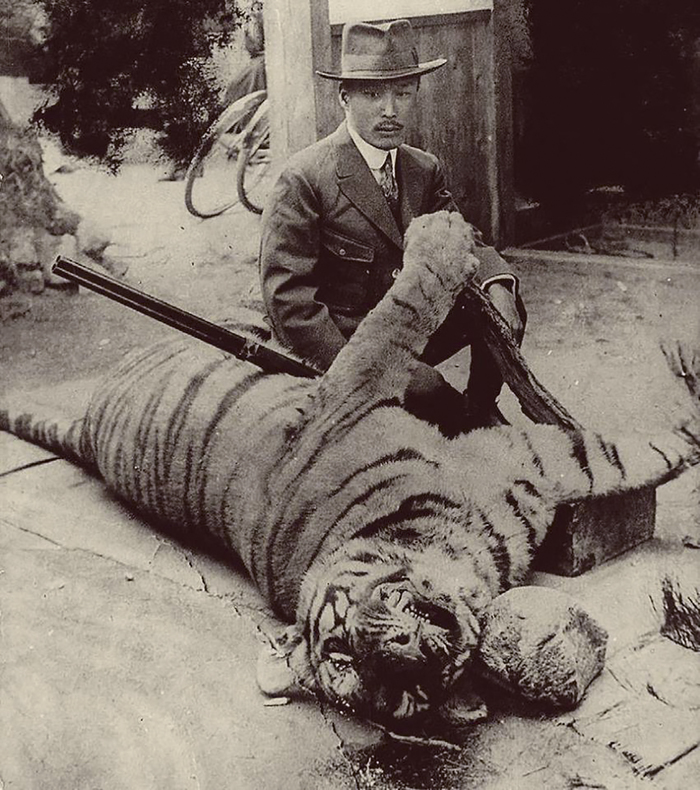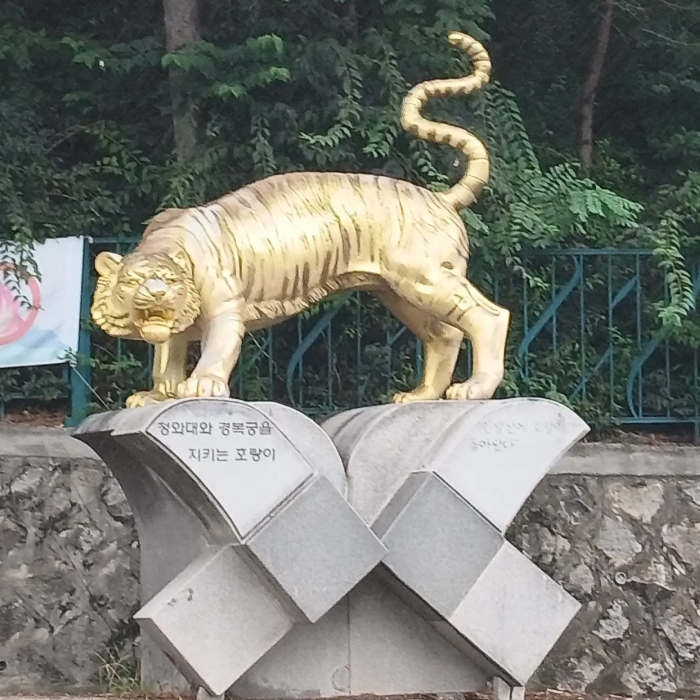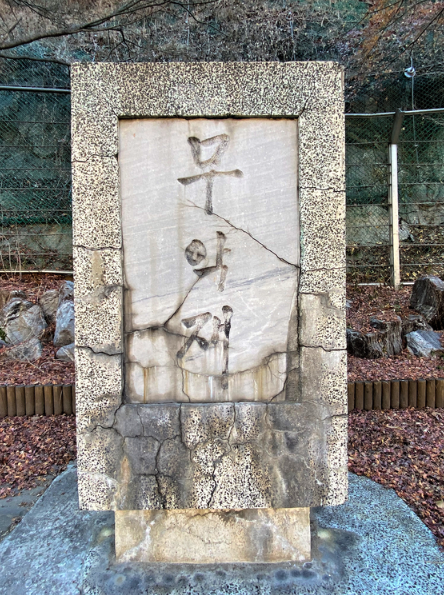Tales and History of Muakjae Sky Bridge 
- Origins and Legends of Muakjae
- Legend of Monk Muhak: The site where Yi Seong-gye and Monk Muhak surveyed the land to establish Hanyang as the capital. Originally called ‘Muhakjae’ after Monk Muhak, who along with King Taejo Yi Seong-gye, chose this location for the capital, before it became known as ‘Muakjae’.
- Feng Shui Legend: Monk Muhak observed that Bukhansan’s Insubong Peak resembled a running child. To prevent the spiritual energy of Hanyang from escaping, he named the inner mountain ‘Moak (母岳)’ or ‘Muak (毋岳)’. This pass on the northeast side of the inner mountain became known as ‘Muakjae’.
- Mohwagwan Connection: Located near Mohwagwan, where Chinese envoys stayed during the Joseon Dynasty. After the Sino-Japanese War, the reception place for Chinese envoys was moved to Independence Gate.
- Path of Tigers: A historical location where residents had to travel together while beating gongs due to frequent tiger appearances during the Joseon period. Muakjae was also a route for Ming and Qing dynasty envoys. During the Joseon period, this was a path frequented by tigers. Shelters were set up at the base of the mountain, and people would cross only in groups of ten or more. Before crossing Muakjae, envoys would rest at Hongjewo to recover from their journey, then proceed to Mohwagwan, located at today’s Seodaemun Park. A short distance away stands Independence Gate, built in 1895 during King Gojong’s reign.
Mount Inwang Tiger Statue
- HistoryA statue symbolizing Mount Inwang, which was famous for tiger appearances during the Joseon Dynasty.
Tiger hunting was actively conducted in Joseon, and most tigers disappeared during the Japanese colonial period.
There was even a saying, “There’s no tiger that doesn’t know Mount Inwang,” indicating how famous the mountain was for its tigers.
Muakjae on the western slope of Mount Inwang was a notable spot for tiger appearances.
Even during King Jeongjo’s reign, tigers were common in Seoul, appearing not only in residential areas but also in palaces.
During the Joseon Dynasty, there were specialized tiger hunters called “Chakhogun,” and the last five tigers in the capital were caught in 1868 near Bukaksan Mountain.
During the Japanese colonial period, tigers became extinct in South Korea due to extensive hunting as part of resource development policies that reached deep into mountain areas.


- This was the site of the final battle during Yi Gwal’s Rebellion during King Injo’s reign. **The Muakjae Cloud Bridge, opened in 2017, provides a space for people to experience nature up close. This bridge is not just a road, but will be remembered as a beautiful bridge connecting people with nature. The area was disconnected in 1972 when Tongillo was constructed.**Muakjae Sky Bridge: Connecting with Nature 🌁
- Opening of Muakjae Sky Bridge
- Background: Opened in 2017, the sky bridge connects Mount Inwang and Mount Ansan, offering a panoramic view of Seoul.
- Historical Significance: Restored the connection that was severed in 1972 when Tongillo was constructed.
- Opening of Muakjae Sky Bridge

의주대로
From Muakjae, the starting point of Uiju-daero, to Imjin Ferry Crossing”Uiju-daero was one of the main roads in Joseon Dynasty Korea, connecting Hanyang (present-day Seoul) to Uiju. Here are some key points along this historical route:
- Muakjae: The starting point in Seoul, a mountain pass known for its steep terrain in the past.
- Hongjewon: The first state-operated inn along Uiju-daero, located after crossing Muakjae. It was a popular spot for farewell banquets for missions leaving for China.
- Byeokjegwan: The first overnight stop on the journey.
- Imjin River: A strategic point along the route. The official crossing for government officials and envoys was near Hwaseok Pavilion, while merchants and ordinary travelers crossed further north at Gorangpo.
- Imjin Ferry Crossing: Located to the left of Hwaseok Pavilion, this was where the road crossed the Imjin River to Dongpa.
This route was crucial for diplomatic missions to China, trade, and cultural exchange, serving as Korea’s main connection to the wider world for about 500 years during the Joseon Dynasty.
Muakjae Sky Bridge :

Right side pictures were taken at November 2024.
Under deguggin